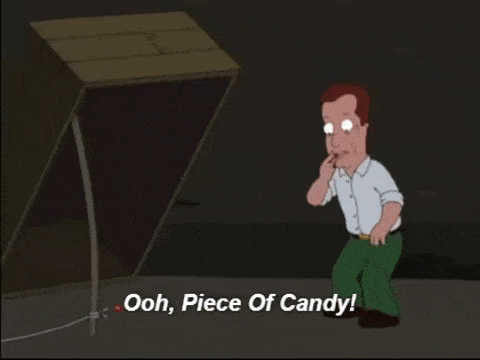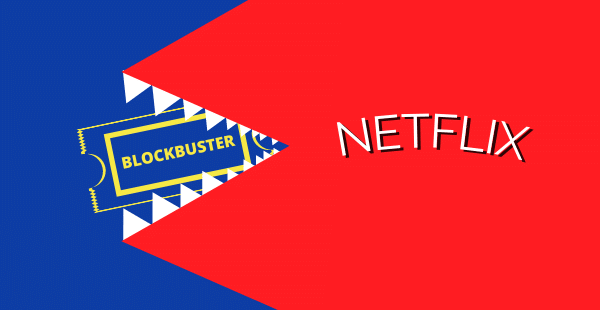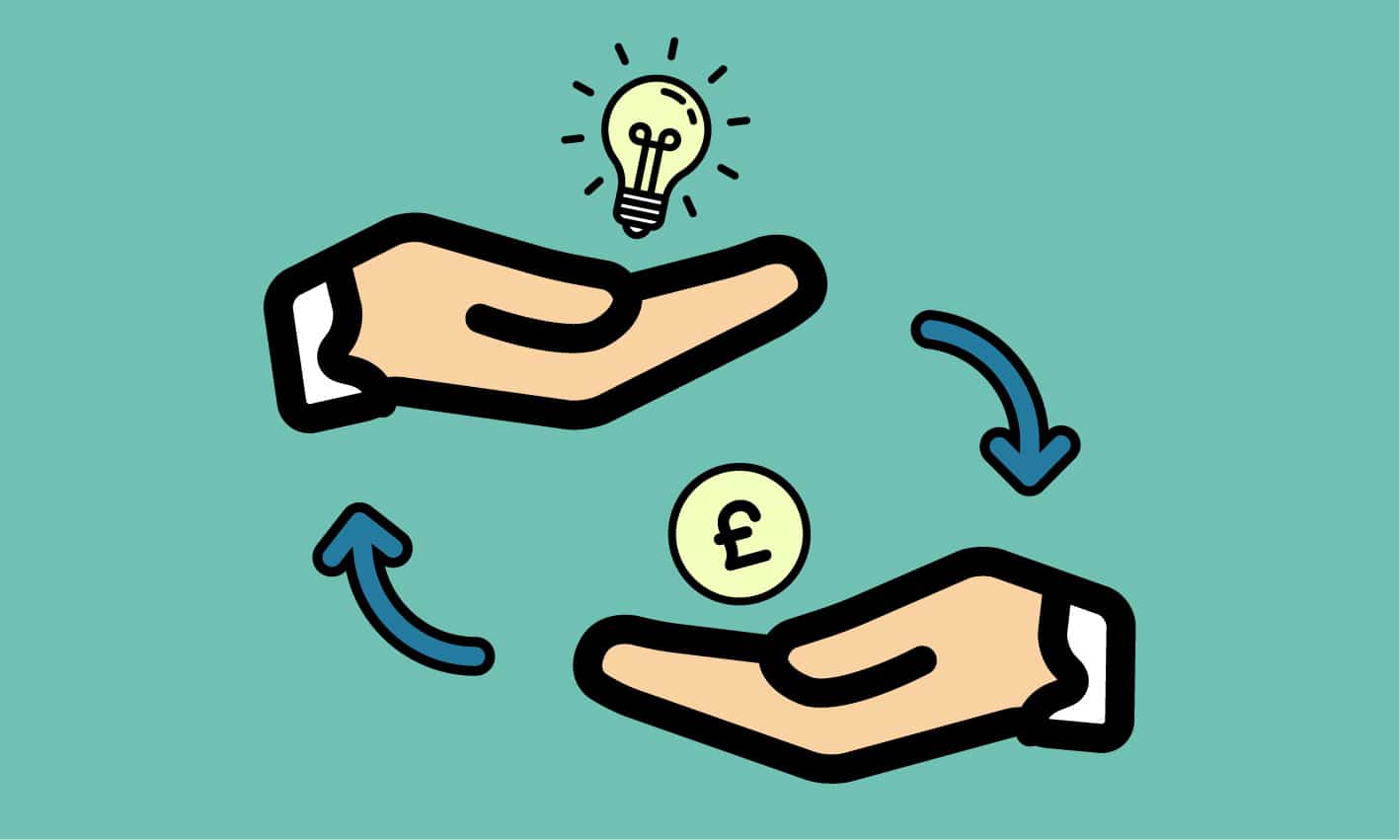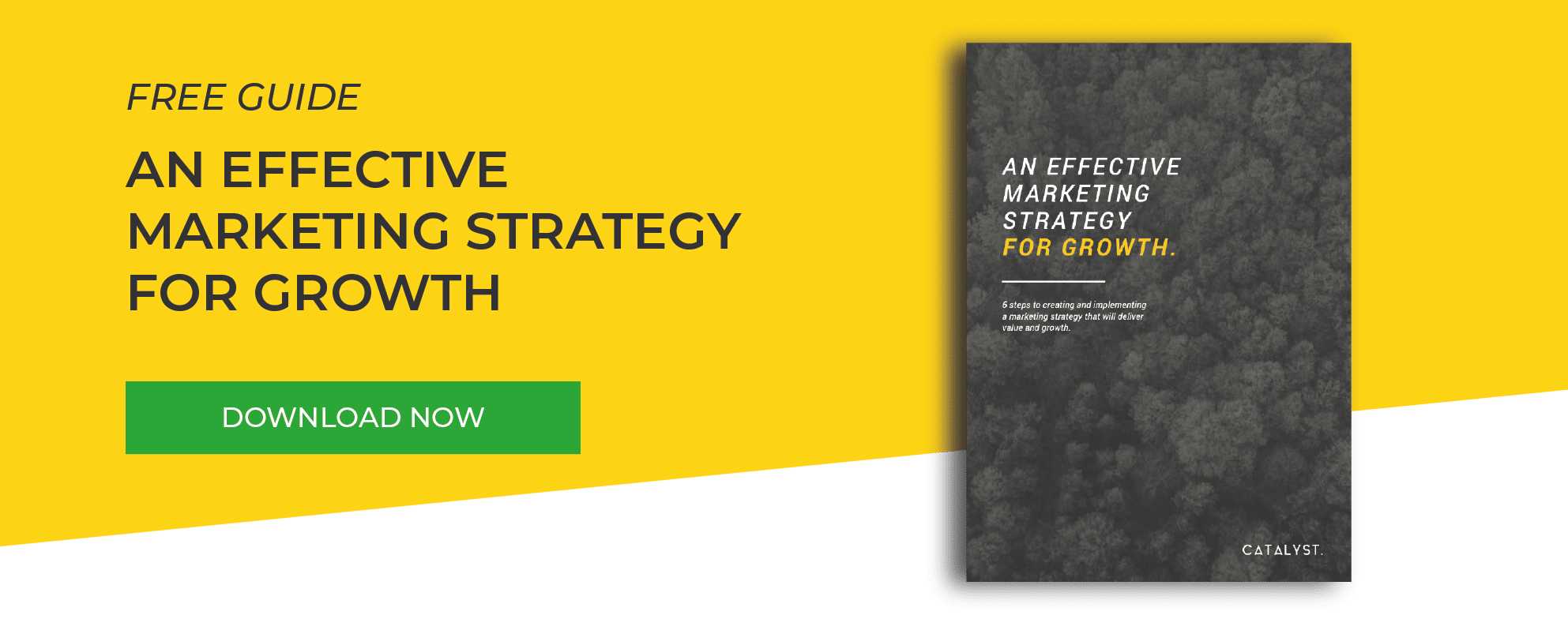B2B buyers don’t live in a vacuum. The B2C buying process massively affects what happens in the world of B2B selling, too. So what’s changing? What’s already changed? And what do you need to do to adapt the way you sell in the B2B world?
B2B buyers don’t live in a vacuum.
The B2C buying process massively affects what happens in the world of B2B selling, too.
You only have to glance at some of the world’s most successful and revolutionary companies to see how things are changing.
Netflix. Amazon. JustEat. Tinder. Uber.
You’ve probably used or are planning to use at least one of these very soon. And if you find yourself overindulging in their services, don’t blame yourself too much: these services have been designed and engineered specifically to attract and keep customers’ attention, interest and – most importantly – repeat business for as long as possible.
So for anyone working in the B2B world, taking a page from the B2C marketing playbook isn’t only a smart business decision, it’s also the way forward in the new “Age of the Consumer”.
A 2017 Forrester report brought to light that the B2B buyer’s journey has been heavily influenced by the B2C one. People now expect certain perks by default.
Long-gone are the days of the long-winded sales presentation and high-pressure tactics.
Your buyers now have short attention spans and the the power to shop wherever and whenever they want; they smell contrived attempts on their time, energy and wallets from a mile away.
It’s safe to say that people’s expectations have skyrocketed.
Nobody is going to listen – let alone trust you – if you try to play by the same tactics that used to work.
So, what’s changed? to this shift in B2B buying behaviour?
Here are 4 principles for selling in the age of the customer, which we’ve distilled from the advice of marketers at 12 of the top B2B companies in the world (including IBM and Dell).
Want more content like this sent straight to your inbox? Sign up to our mailing list below.

#1. Your website should be like a buffet
Mmm. Look at that delicious crispy bacon, it almost makes your mouth water.
Well that’s exactly how your prospects should feel when they look at the content of your website.
If what they’re looking at isn’t tasty enough, they will bounce and look at a competitor’s site for whatever it is they’re after.
Before, prospects were easy to lure in: you could just give new bits of information to move them to the next logical step in the sale.

This is now less effective because people have so many options information-wise that the B2B buying process for them is more like a buffet. The power of decision lies entirely with buyer and their appetite.
With such fierce competition on forming an informed opinion, the only option going forward in 2019 and beyond is to be as transparent and valuable as possible before you’re involved in the B2B sales process.
If you want people to see you as the go-to in your industry, you have to give them value and build trust online; your website, then, needs to feel like a hotel breakfast buffet after a heavy night out with all of the delicious foods your prospects crave.
It’s also worth keeping in mind that the right information is better than information overload.
If you know your prospects will crave blueberry muffins, orange juice and coffee, don’t bother with the bacon, beans and brown sauce.
Be straight to the point with your content, making the buying process simple for your prospects; they will then perceive the process of working with you to be equally as clear-cut and simple.

#2. B2B Marketing is a lot like flirting at a bar
If you went up to your dream girl or guy at a bar, got down on one knee and asked them to marry you, you’d be more likely to get a slap in the face than a ring on the finger.
But if you took your time, played it cool, bought them a drink then asked for a dance, your chances of closing the deal will be a lot higher (unless you dance like me, that is).
While all of that might sound obvious to a natural slick talker like you, most people forget that the same process has to apply to B2B sales and marketing – especially in a world where your perfect prospect now receives more offers to dance than ever before.
In a recent LinkedIn survey of B2B buying teams, 81% of people interviewed said that they left when they saw gated content, including landing pages and contact forms.
In other words, too many prospects get marriage proposals before they get the first dance.
That’s not to say that you should wipe all of the forms from your website altogether and give everything away scot free; your website still needs to be able to capture data, otherwise you’re effectively flirting with your prospects and not asking for their number.
So how do you strike the right balance? It’s now more important than ever to make it crystal clear what they will get in return for handing over their number.
Of course, this alone isn’t enough to make you stand out from the 20 or so competitors who have already made similar promises.
That’s where content marketing comes in to help you nurture the relationship.
Content marketing is the safest way to improve your chances of sealing the deal without chasing or begging anyone. You’re providing a unique experience upfront (content) and asking for incremental commitments in the relationship later (data).
It’s a way to convert a cold prospect into a warm one without pushing or prodding. If you have great content, you won’t even need to go asking for the first dance – your desired prospects will come to you.
So if you work in sales and haven’t worked with your marketing team on any content before, think about what content might help you in your B2B sales process: what key questions often crop up that you’d like to educate your prospects on in a softer way?
When laying out your content plan, think about it strategically with regards to timing and the sales funnel:
“Is it too soon to be telling them this?
“Is there something they need to know first?”
“What do they want to hear at this stage in the relationship?”
Stagger your approach rather than going straight in with your killer chat up lines and your chances of forming a long-term relationship will be much greater.

#3. Let go of control
This might sound like advice you’d get from a buddhist monk or life coach rather than a marketing agency.
Don’t worry, we’re not suggesting you banish yourself to the Chinese mountains to live in silence for 15 years in order to improve your B2B sales technique.
The Zen of letting go in order to persuade people to buy can thankfully be easily found from your office desk over a tea of coffee (ommm chants optional).
People will listen, trust and follow those who give them the option to go elsewhere. It’s one of those counterintuitive quirks of human behaviour.
Sticking with the teenage dating analogy for a moment, it’s sort of like the old “treat em mean, keep em kean” mantra; acting like you don’t need the sale is, amongst the desperate pleas from your competitors, one of the best ways to make your prospect want to work with you more.
Acknowledging that they have other options and inviting them to explore them makes you look powerful; they will assume that you know your offering is better without you saying any more.
According to Forrester, more than 2/3rds of B2B buyers prefer to pick and choose their own customer journey. The days of the marketing maze – where the control valve is in the marketer’s hands – are over.
How to adapt this principle in your approach?
Consider having more self-service solutions on your website that help prospects find the content they need.
Other than your own site, posting free advice on knowledge bases, help desks, forums and external blogs are all good options too.
This consultative, free advice giving approach has a big boomerang effect. As the Philosopher Alan Watts famously said, “Give it away and it will come back to you”.
#4. Reputation – the real competitive edge

Banksy recently proved that people are still willing to pay a premium for value they merely perceive and which doesn’t necessarily, actually exist.
For every B2B salesperson and marketer, then, your brand is key to whether or not you can close the deal.
Your approach might be perfect, but if your prospect’s perception of your company’s reputation and values is bad, your chances of closing the deal will be slim.
B2B prospects that have a great experience and perception of your brand are more likely to choose and value your company over others. A strong brand will help you to stand out, which can ultimately trump even a superior product.
It’s the kind of added value that starts even before someone buys anything from you that will swing it in your favour. Companies have proven that the key to more effective marketing and loyal customers is not always in providing better products or features, but providing a better overall experience.
This builds a reputation of your business in the market which will precede you in any sales process.
As Amazon’s Jeff Bezos famously said, “Your brand is what people say about you when you’re not in the room”.
But just because you’re not in the room doesn’t mean you can’t influence what’s being said; and that’s why your marketing output is so important.

In Conclusion: adapt or get left behind
Don’t be fooled into thinking that you’re too good not to change.
In the mid-2000s, Netflix wanted to merge with Blockbuster; Blockbuster laughed them out of the building.
15 years on, there’s not a Blockbuster to be seen on the high-street and Netflix is in millions of homes worldwide.
They’re not the only ones, either. Toys-R-Us, Kodak, Blackberry, Yahoo. All businesses that ignored the shift in buying behaviour with catastrophic results.
In the B2B world, as prospects gain more and more buying power, old-school rapport building tactics and sales tricks are becoming less and less effective.
Customer’s bullshit meters are more highly tuned than ever and they put a premium on who they choose to give their attention and time to.
The way to win B2B customers now is by helping your prospects to make the best decision for them and giving them what they want.
Nowadays, there has to be such a thing as a free lunch; rather than expecting or demanding something of your buyers, give them free value and most of the time, they will reciprocate.
If they get even a whiff of desperation though, they’ll be signing on the dotted line with a competitor before you know it.
As the Forrester report I mentioned earlier on has shown, this isn’t something that’s happening – it’s already happened. Now it’s a matter of how long can you afford to keep doing things the way you’ve always done them.
Thanks for reading. If you’re looking for new ways to thrive in an ever-changing market, our free strategy guide is a great starting point in redefining your approach to the market. Click below to download now.
For more on our Lead Generation services, click here.
For more on our strategic consultancy service, click here.

